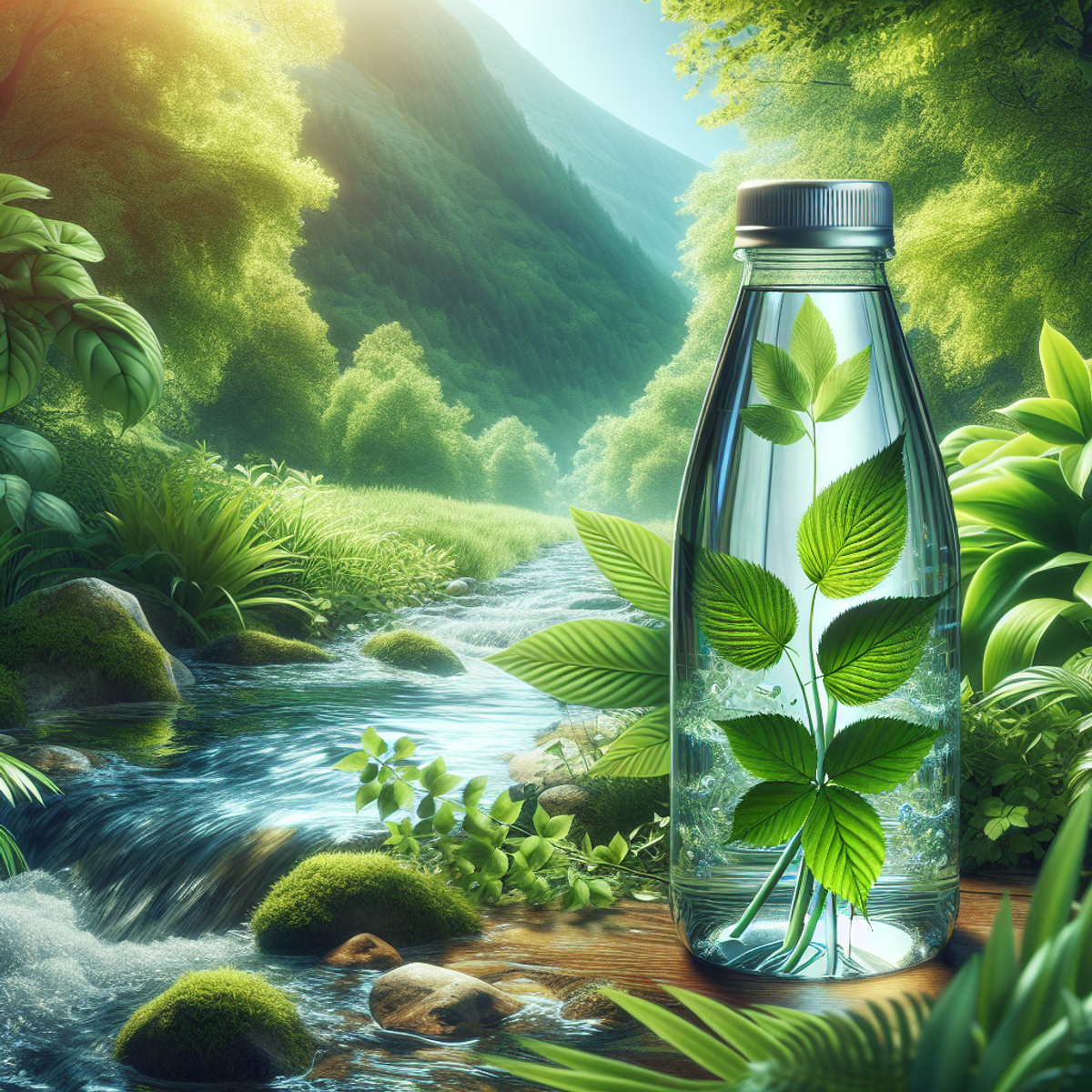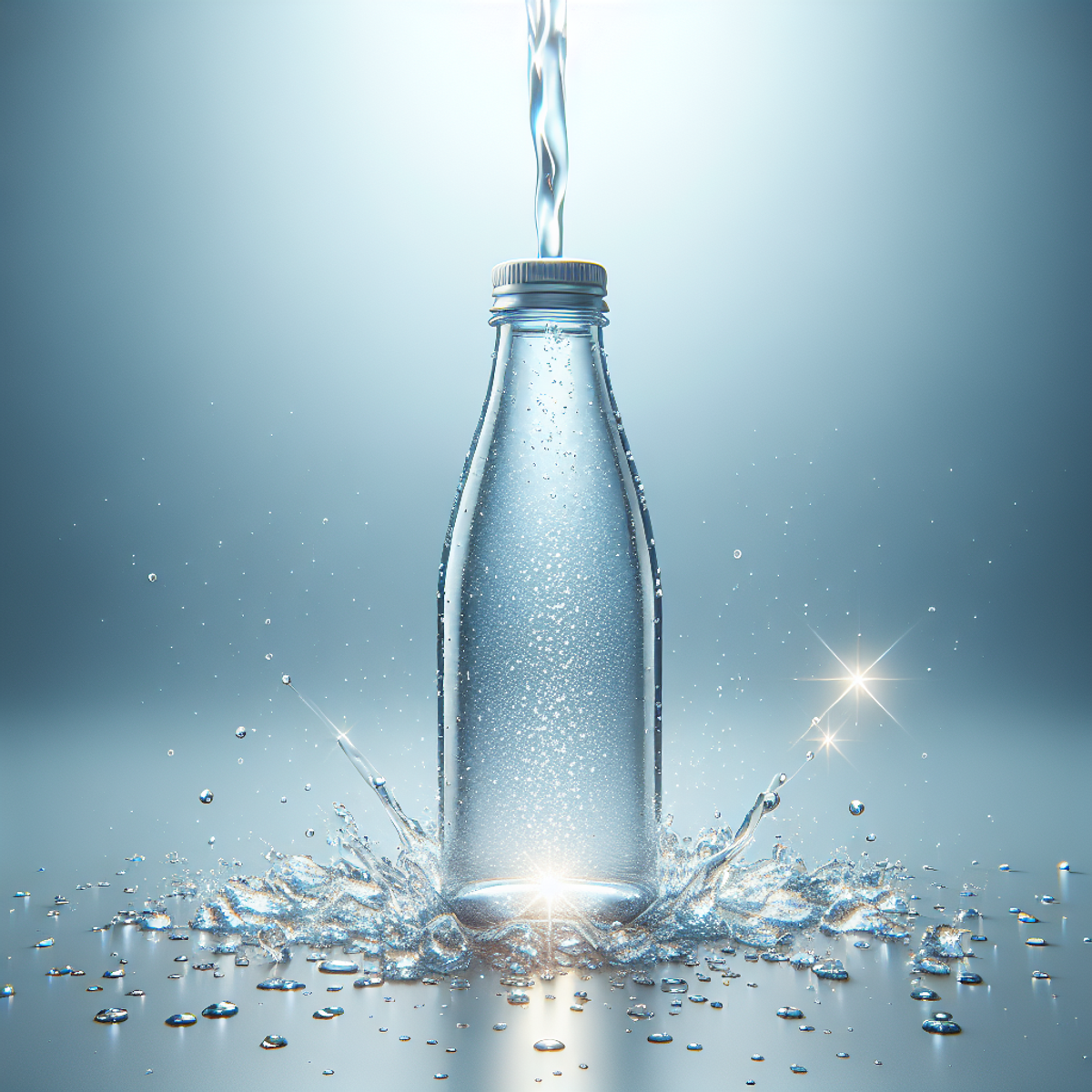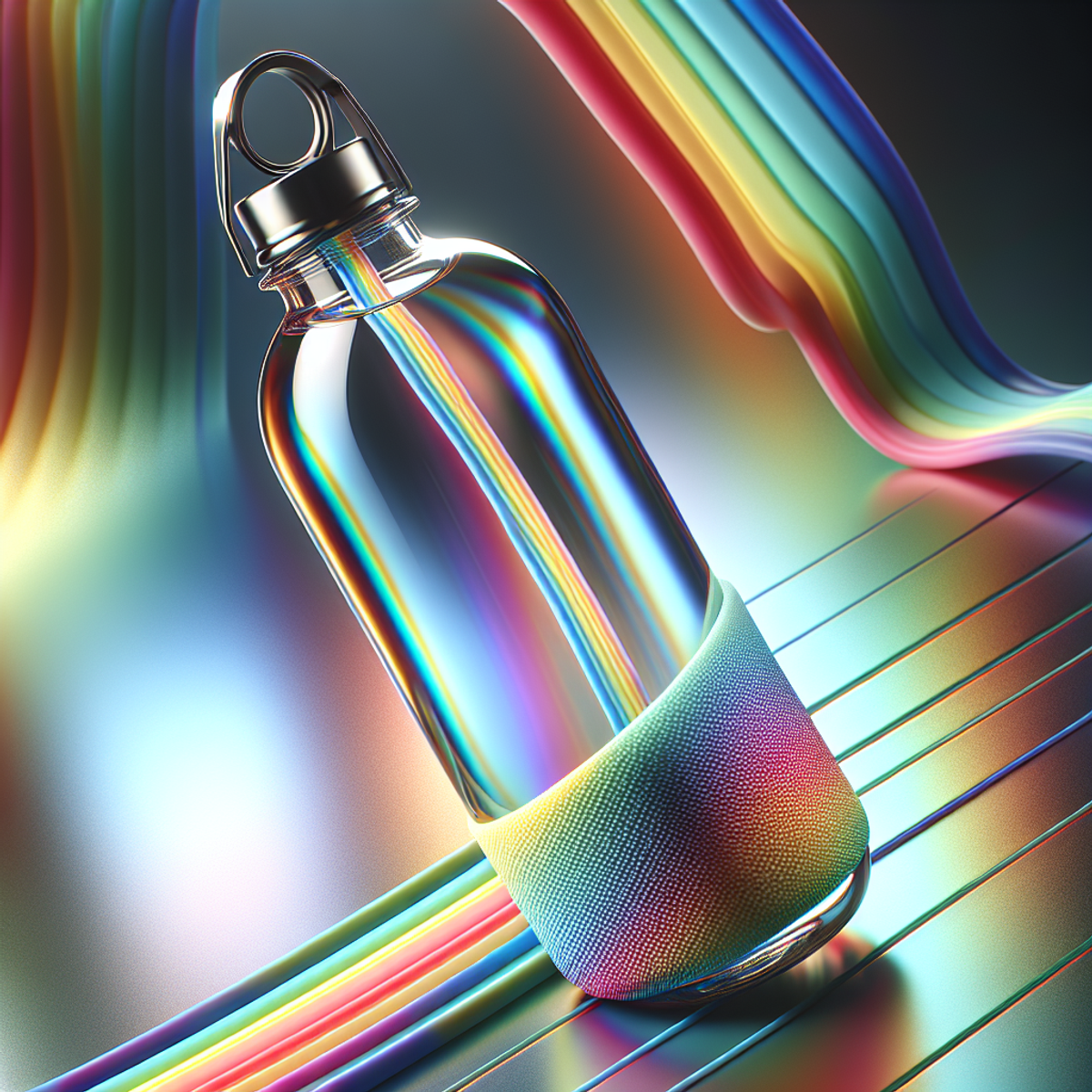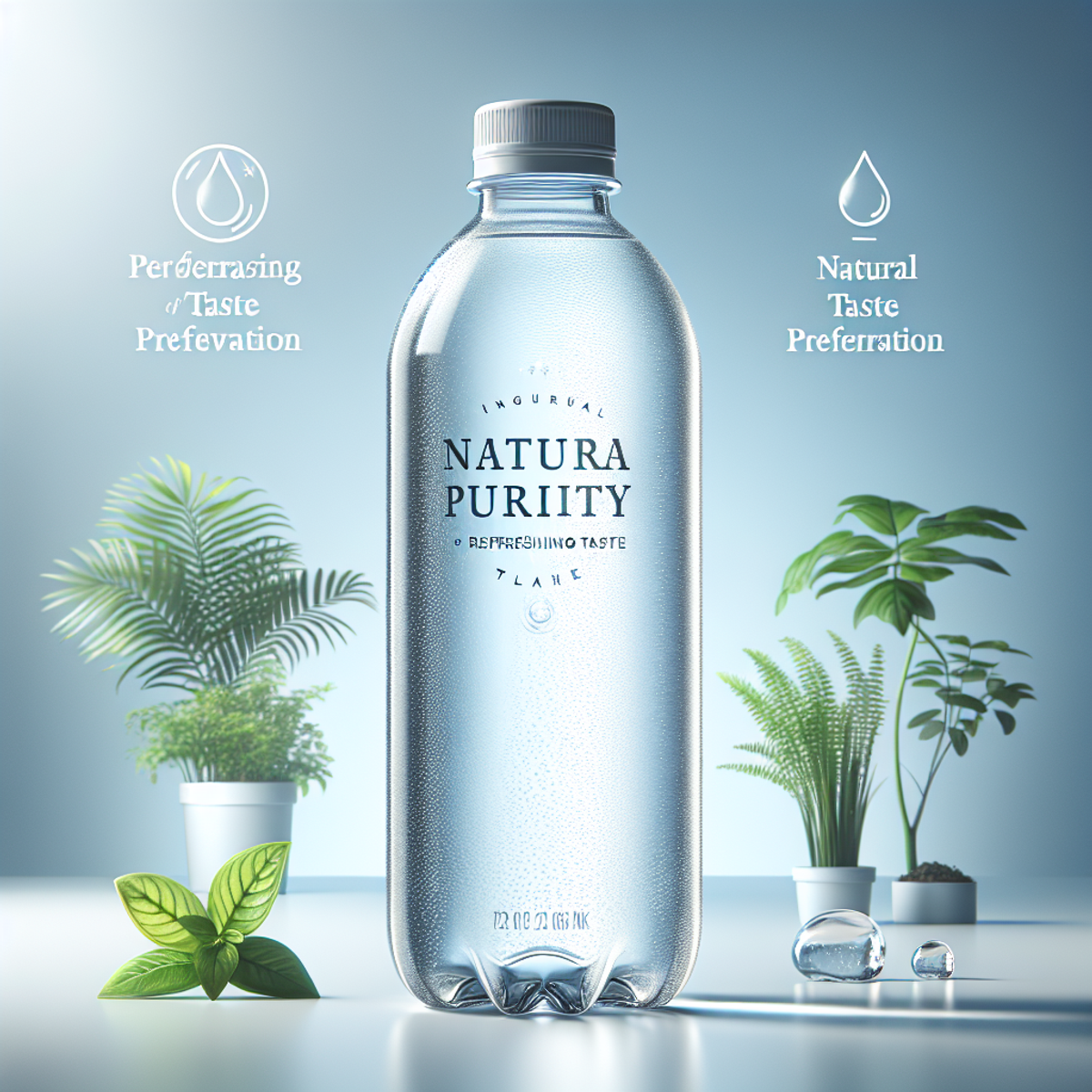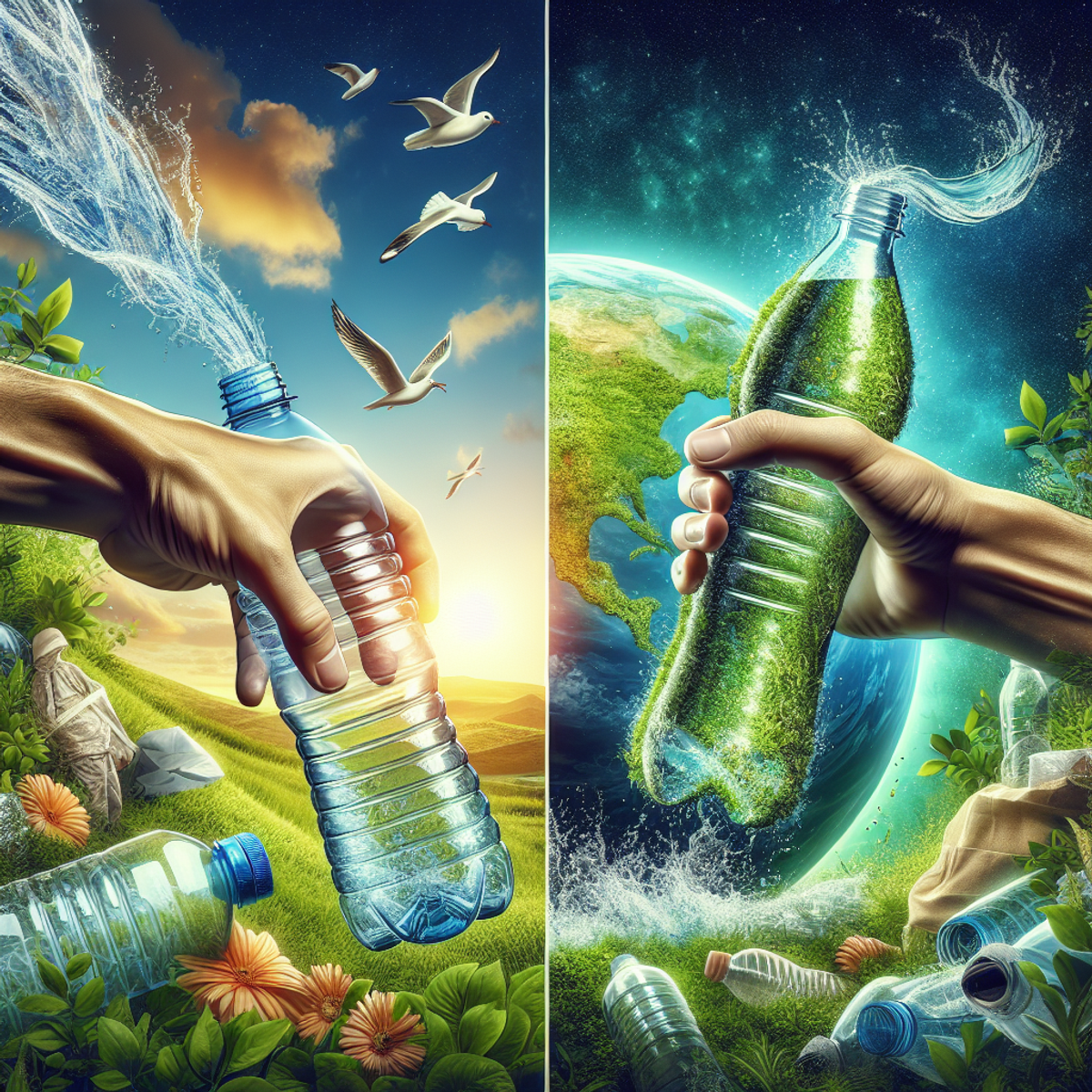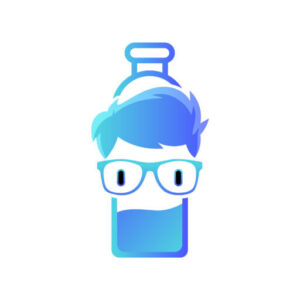Introduction
Welcome to the refreshing world of the non-toxic glass water bottle industry, where tradition meets modern sustainability. For thousands of years, glass has been the go-to material for preserving the purity and taste of beverages. Fast forward to today, and it’s making a huge comeback, thanks to its eco-friendly charm and health-conscious benefits.
In this article, get ready to dive deep into the story behind these crystal-clear containers. We’re talking about a journey from sand to hand – how glass bottles were born out of ancient innovation and have now evolved into stylish, planet-loving hydration heroes.
If you’ve ever wondered why that sip of water from a glass bottle tasted just so much better, or how these durable vessels are fighting against environmental villains, you’re in for a treat. We’ll unravel the reasons behind the enduring appeal of glass bottles and spotlight the innovations that keep them top-notch in a world thirsty for non-toxic options.
For those looking to choose healthier hydration options, make sure to explore the 7 best glass water bottles that combine style with substance. These picks prove that what’s good for you can also be good for our planet.
So grab your favorite glass bottle, fill it up with some crisp, cool water, and let’s explore why more and more people are saying no to plastics and yes to non-toxic glass water bottles.
Ancient Roots: The Early Days of Glass Packaging
Glass packaging isn’t just a modern marvel; it’s a timeless treasure with a backstory that stretches over millennia. Let’s take a trip back in time to when ancient civilizations first discovered the art of making glass. They had a brilliant idea: using this new material to keep their food and drinks fresh and safe.
Mesopotamian Jars and Roman Glass Containers
- Mesopotamia, often hailed as the cradle of civilization, was also a pioneer in glassmaking. Their jars weren’t just practical; they were art, showing off intricate designs and colors.
- Then there were the Romans, who took glass packaging to new heights. They recognized its value in preserving taste and preventing spoilage. Roman glass containers are archaeological gems today, giving us a peek into ancient trade and daily life.
Trade and Transport: Glass Goes Global
Glass vessels didn’t just sit pretty on shelves; they were key players in the bustling trade routes of old:
- Imagine fleets carrying shiny glass amphorae filled with olive oil or wine, glinting in the Mediterranean sun as they traveled from one exotic port to another.
- These sturdy containers braved long voyages, their precious cargo arriving intact thanks to the robust nature of glass.
The Legacy Lives On
Fast forward to today, and we’re still singing praises for glass packaging. Food and beverages cuddled up in glass just seem to taste better, don’t they? It’s like sipping a bit of history with every gulp.
And that’s just scratching the surface of how our ancestors set us up for success with their innovative use of glass for storage. Stick around as we dive deeper into why this material has stood the test of time and remains an all-star in our kitchens and beyond.
The Advantages and Enduring Appeal of Glass Bottles
Glass bottles are known for their strength and style. They have been reliable and beautiful throughout history, making them a popular choice for storing beverages. Here’s why glass bottles continue to be the best option:
Exceptional Durability
- Longevity: Glass containers can last for decades without losing their strength or appearance.
- Resistance to Change: Unlike other materials, glass does not decay over time. It remains unchanged, both physically and visually.
- Sturdiness: While glass may break if dropped, it is highly resistant to scratches and stains during normal use.
Protecting What’s Inside
- Impermeability: Glass provides excellent protection for beverages. It creates a secure barrier that prevents any outside elements from affecting the taste or quality.
- Non-reactive Nature: Whether it’s acidic tomato sauce or a citrusy lemonade, glass does not interact with the contents, ensuring that there is no alteration in flavor or odor absorption.
Transparency That Sells
- See the Quality: The ability to see a product in its entirety enhances its desirability. This is where the transparency of glass works its magic.
- Brand Image Boost: With its sleek and clear appearance, glass conveys a sense of purity and excellence, making it an ideal choice for brands seeking to make a lasting impression.
Aesthetic Allure
- Timeless Elegance: Glass possesses an undeniable appeal that exudes sophistication and refinement.
- Customization King: From frosted finishes to tinted hues and embossed designs, glass bottles offer endless possibilities for tailoring to fit any brand’s identity.
Glass bottles are the clear winner when it comes to finding a durable solution that maintains product quality over time while also adding a touch of elegance to beverages. They go beyond being mere containers; they serve as protectors, shielding their contents from external factors while showcasing their true essence.
In the following sections, we will explore how this traditional material has evolved to address contemporary needs for safety and eco-friendliness – all without sacrificing its inherent charm.
From Waste Issue to Environmental Solution: The Rise of Non-Toxicity in Glass Bottle Production
The glass bottle industry has undergone a significant change, shifting towards safer manufacturing methods. This change is mainly due to growing concerns about the environment and health among consumers and producers. Here’s how eco-friendly glass bottles are making their mark in the market:
Getting Rid of Harmful Chemicals
- No More Lead and Cadmium: Toxic elements are being eliminated! Glass manufacturers have been removing dangerous chemicals like lead and cadmium from their materials. These substances used to be common in glass production but were found to have potential health risks. By moving away from these materials, today’s glass bottles are safer for both people and the planet.
Innovations for a Greener Future
- Using Less Energy: The glass bottle industry is not only avoiding toxic chemicals but also finding ways to use energy more efficiently. They are now focusing on eco-friendly production methods that reduce energy consumption without compromising quality.
- Lowering Carbon Emissions: With everyone concerned about climate change, glass producers are coming up with solutions to decrease the amount of carbon dioxide released during their processes. They are taking small steps like getting raw materials from nearby sources and optimizing furnaces for better fuel usage.
The commitment to safer production methods is not just about cleanliness—it’s about redefining what it means to be a responsible manufacturer today. Eco-friendly glass bottles represent more than just packaging; they show a dedication to sustainability.
And as these changes continue, it’s clear that the glass bottling industry is not only adjusting to current needs but also playing a role in creating a better future. Stay tuned as we explore more aspects of this exciting transformation!
The Modern Era: Key Innovations and Trends in Non-Toxic Glass Water Bottles
The world of non-toxic glass water bottles is always changing, with new advancements that cater to people who care about the environment. Let’s explore some of the latest trends that shape today’s market:
Recyclability: Closing the Loop
- 100% Recyclable: Glass is one of the few materials that can be recycled endlessly without losing purity or quality.
- Endless Life Cycle: Every time a glass bottle is recycled, it contributes to a circular economy, conserving resources and minimizing waste.
This never-ending cycle of recycling glass shows how it plays a crucial role in sustainable consumer habits. By choosing glass water bottles, we continue a legacy of conservation that started centuries ago and is still important today.
Design: Form Meets Function
- Visual Appeal & Customization: Glass water bottles are not just practical but also a fashion statement, thanks to their sleek looks and customizable designs.
- Innovative Features:Leak-proof Caps: Advanced cap designs ensure no more spills.
- Silicone Sleeves: Stylish silicone sleeves provide extra protection and grip.
- Built-in Filters: Some bottles now have built-in filters so you can have clean water wherever you go.
These design improvements have made glass water bottles even more convenient for everyday use. They are not just tools for staying hydrated; they are also accessories that add style to our lives.
These advancements show how the glass water bottle industry combines tradition with innovation. It creates products that are loved for their timeless appeal and embraced for their modern convenience. As we move forward in the 21st century, this mix of old and new opens doors to more eco-friendly options in our daily routines.
Beyond Beverages: Diversification of Glass Packaging Applications
When you think of glass containers, it’s easy to picture water bottles, wine goblets, or beer steins. But glass’s versatility stretches far beyond quenching our thirst. It’s breaking into realms that demand purity and style – like gourmet foods and the beauty industry. Let’s talk about how this old-school material is getting a new lease on life in some unexpected places.
Glass in Gourmet Foods
- Visual Appeal: Picture a shelf full of artisanal products. Now imagine them encased in sleek glass packaging. It’s clear – literally – that glass adds a touch of elegance that can elevate even the simplest food to gourmet status.
- Flavor Preservation: High-end foodies know the drill – flavor is king. Glass’s non-reactive nature means that what goes in stays true to taste, from spicy pickles to rich chocolate spreads.
Luxury Cosmetics in Glass
- Premium Branding: In the cosmetics world, branding is everything. Glass containers add a layer of sophistication and quality that plastic just can’t match.
- Sustainable Chic: Eco-conscious consumers are all about reducing waste without sacrificing style. Enter glass cosmetics jars and bottles, where beauty meets sustainability.
Hygiene and Freshness
- Non-Reactive Jars: No one wants their face cream smelling like last week’s leftovers. With glass, there’s no risk of chemical reactions messing with product formulas or fragrances.
- Seal the Deal: Airtight seals keep products fresh longer. That means less waste and more enjoyment from each jar or bottle.
From tangy sauces to organic face masks, glass packaging is making a statement: it’s safe, it’s sustainable, and it looks darn good doing it.
As we’ve seen with food and cosmetics, glass packaging isn’t just for beverages anymore. It’s making waves across different industries with its clean, sophisticated look and its commitment to keeping products pure and fresh.
With such diverse applications proving successful, who knows where glass will show up next? Maybe in your favorite perfume bottle or as the latest innovation in home storage solutions? Let’s stick around to find out.
Looking Back: Lessons from the Plastic Bottle Boom
The switch from glass to plastic bottles didn’t happen overnight. It was a gradual shift, fueled by a culture that started to prioritize convenience above all else. Let’s dive into the why and how behind this significant change in the beverage packaging industry.
Convenience Culture Takes Center Stage
- On-the-go lifestyle: As life got busier, people craved products that could match their pace. Plastic bottles, being lightweight and shatter-resistant, fit the bill perfectly.
- Portability: Glass bottles may have an air of elegance, but they’re not exactly gym-friendly. Plastic, with its featherlight presence, became the go-to for hydration without the heavy lifting.
Consumer Preferences Evolve
- Ease of use: Twist it, squeeze it, or toss it in a bag—plastic’s versatility became its selling point.
- Cost-effective production: Manufacturing plastic bottles is cheaper and faster than producing glass counterparts. This cost saving trickled down to consumers, making plastic an economical choice.
Impact on Glass Packaging Usage
- With a marketplace flooded with plastic options, glass began to lose its stronghold as the preferred packaging material.
- The durability of glass couldn’t compete with the perceived expendability and lower price point of plastic bottles.
Understanding the past gives context to the present. The rise of plastic tells us a lot about consumer behavior and market dynamics. It’s a lesson in adaptability but also a cautionary tale about unintended consequences.
As we move forward in our exploration of sustainable packaging solutions, these insights into the appeal of plastic are invaluable. They serve as reminders of what consumers value and how industry shifts can alter not just markets but environments too.
Remember, every choice in packaging has a ripple effect—affecting everything from marketing strategies to ocean health. The story of glass to plastic bottles is more than just history; it’s a roadmap for future innovation and responsibility in product design and consumerism.
The Dark Side of Plastic: Environmental Consequences and Shifting Consumer Mindset
Plastic water bottles have become very common, but they are causing a lot of harm to the environment. Here’s why we are focusing on the negative effects of plastic and how it’s encouraging the use of non-toxic glass containers:
Single-Use Scourge
- Every year, millions of tons of plastic water bottles end up in landfills, where they can take up to 1,000 years to break down.
- Even worse, many of these bottles don’t even make it to waste management systems and instead end up in our oceans. This adds to the huge floating patches of garbage and causes harm to marine life.
Carbon Footprint Concerns
- Making plastic bottles uses a lot of energy, mostly from fossil fuels.
- From getting the materials out of the ground to making the bottles and transporting them, plastic production releases a large amount of carbon dioxide into the atmosphere.
Chemical Contamination
- Plastics can release harmful chemicals into drinks, especially when they get hot or are used for a long time.
- Substances like BPA (Bisphenol A) have raised health concerns because they can affect hormones when consumed.
Recycling Reality Check
- While it is possible to recycle plastics, the sad truth is that only a small portion actually gets recycled.
- There are many challenges involved in sorting and processing plastics, so a lot of bottles don’t end up being recycled at all.
This growing awareness has been a wake-up call for consumers. They’re now looking for products that fit with a more environmentally friendly lifestyle. That’s where non-toxic glass water bottles come in: they’re safe for both people and the planet. Plus, they can be recycled over and over again without losing quality or purity, making them a great eco-friendly choice.
Choosing glass isn’t just about being environmentally conscious; it’s also about making a statement. By picking glass over disposable plastics, consumers are showing their support for protecting our environment. This change in thinking is influencing industries and pushing for new sustainable packaging ideas.
As we continue to think more carefully about what we use, it’s clear that our choices today have a big impact on the future. It’s not just about satisfying our thirst – it’s about preserving our planet for the next generations. And as we learn more about sustainability, we discover other options that can replace plastics too – like stainless steel. But let’s talk about that later.
Stainless Steel: The Emergence of Another Sustainable Contender
As the demand for environmentally friendly options continues to grow, stainless steel water bottles have become increasingly popular. These long-lasting containers offer a sustainable choice compared to traditional alternatives, such as glass and plastic, due to their unique features.
Why Stainless Steel?
Durability Meets Design
- Tough as Nails: Stainless steel is incredibly resistant to dents and breakage. You can drop it, knock it, or let it roll around in your car—these bottles can handle rough treatment and still look great.
- Sleek Aesthetics: With their shiny metallic appearance and smooth surfaces, stainless steel water bottles appeal to those who value both style and functionality.
Temperature Control
- Keeps Cool…or Hot: Stainless steel truly excels in insulation. Many models feature double-walled construction that keeps your cold drinks refreshing and your morning coffee warm.
Health and Safety First
- Non-Toxic Promise: Unlike some other materials, stainless steel doesn’t require a liner and won’t release harmful chemicals into your drink. This ensures that the taste and quality of your beverage remain pure.
Environmental Impact
The Reusability Factor
- One Bottle, Many Uses: Similar to glass, stainless steel water bottles can be used over and over again, reducing waste with each refill.
Recycling Done Right
- End of Life Options: When these bottles reach the end of their lifespan, they don’t contribute to landfill waste. Stainless steel is fully recyclable and can be easily transformed back into new products.
Challenges Alongside Benefits
While stainless steel water bottles offer numerous advantages, it’s important to consider their limitations:
- Weightier than Plastic: Although not as heavy as glass bottles, stainless steel ones are still bulkier than their plastic counterparts. This extra weight may discourage some individuals from choosing them.
- Cost Factor: Generally, stainless steel bottles are more expensive than plastic ones. However, this higher price reflects their durability and the quality of materials used in manufacturing.
Stainless steel water bottles provide a sustainable solution that combines practicality with environmental consciousness. Their growing popularity signifies a collective shift towards choosing materials that meet our needs while also preserving the planet.
Innovation and Collaboration for a Greener Future
Sustainability is now a top priority in the glass bottle industry, with brands focusing on eco-friendly practices. They’re not just concerned about making safe products for consumers; they also want to protect the planet. In this article, we’ll explore some of the innovative strategies these companies are using to promote environmental sustainability.
Case Studies in Circular Economy
1. Returnable Bottle Programs
One impressive example is the comeback of returnable glass bottle programs. Some companies have reintroduced this traditional system where customers return their empty bottles to be cleaned, sterilized, and reused. This significantly reduces waste by transforming single-use containers into long-lasting ones.
2. From Waste Glass to New Bottles
Another smart approach to resource conservation is seen in certain brands that crush and melt waste glass to create new bottles. This process, known as cullet recycling, not only decreases the demand for raw materials but also requires less energy compared to manufacturing bottles from scratch.
Partnerships Driving Change
1. Manufacturers & Recyclers Unite
Effective recycling of used glass containers relies on collaboration between manufacturers and recyclers. Some forward-thinking glass bottle brands have partnered with recycling facilities to ensure that every bottle can be returned for reuse instead of ending up in landfills.
2. Educational Campaigns for Recycling
In addition to partnerships, there are also educational campaigns targeting consumers to increase recycling rates. These initiatives play a crucial role in raising awareness about proper disposal methods, which is essential for successful recycling.
By embracing innovation and fostering collaboration, glass bottle brands are leading the way towards a more sustainable future. These actions contribute to a cleaner environment while still providing high-quality products to consumers worldwide. The momentum behind sustainability efforts in the industry continues to grow as more companies acknowledge their responsibility in creating an eco-friendly world where resources are cherished and protected.
Conclusion
The non-toxic glass water bottle industry is a perfect example of how we strive for sustainability. These bottles show us how we can blend traditional methods with modern environmental values. They’re more than just containers for water; they represent our dedication to the Earth.
- Every time you drink from a non-toxic glass water bottle, you’re honoring the past and supporting a greener future.
- Choosing these earth-friendly alternatives sends a strong message. It’s about making responsible choices that honor our history and prioritize our well-being.
- The impact of your decisions should not be underestimated. By opting for non-toxic glass, you’re championing recycling initiatives and advocating for policies that safeguard our environment.
So, what actions can you take? Get involved!
- Support brands that prioritize sustainable manufacturing processes.
- Speak up for recycling programs in your community.
- And most importantly, make conscious choices every day.
Because when it comes to shaping the future of the non-toxic glass water bottle industry, every single action matters.
Let’s work together to ensure the success of this industry, for our own health and the well-being of our planet. Here’s to a future with clean waters—both inside our bottles and in our oceans! 🌊🌿

